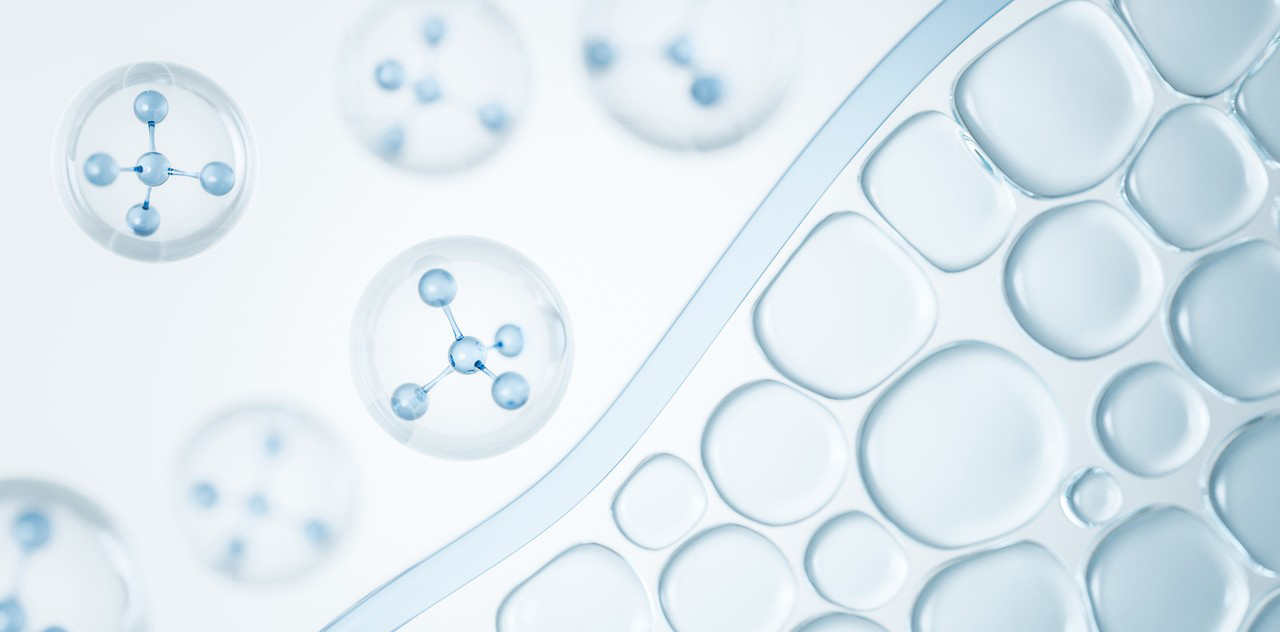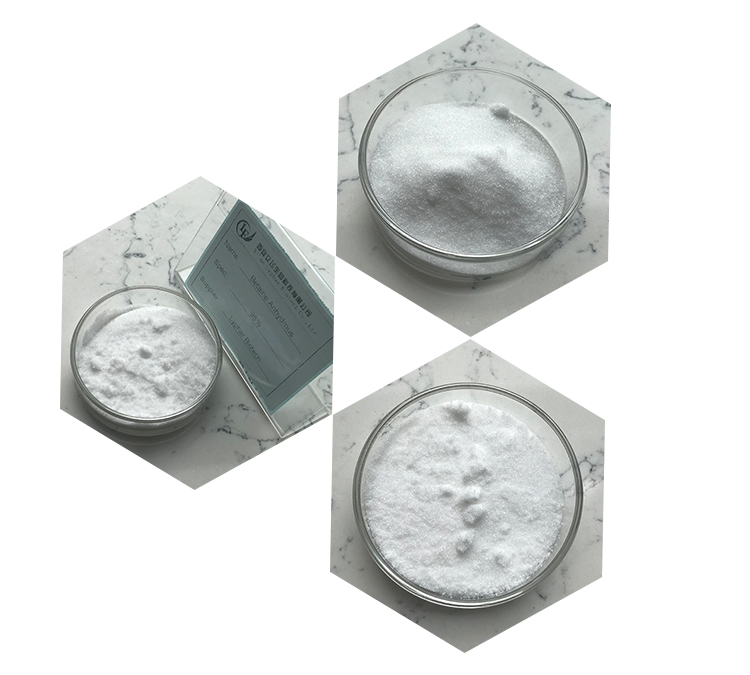Betaine belongs to a class of compounds called zwitterions, which are molecules that contain both a positive and negative charge but remain overall neutral. It’s a naturally occurring compound and is often associated with trimethylglycine (TMG). Here are a few groups or categories of betaine compounds based on their chemical structure and sources:
1. Trimethylglycine (TMG)
- The most common form of betaine, derived from glycine with three methyl groups attached.
- Found in foods like beets, spinach, and whole grains.
- Functions primarily as an osmolyte and methyl donor in biological systems.

2. Phosphonium Betaines
- Betaines containing a phosphonium ion (P+), such as dimethyl sulfonium betaine.
- These are more specialized betaines, often used in chemical synthesis and industrial applications.
3. Sulfobetaine
- Betaines with a sulfonate group, such as cocamidopropyl betaine, which is often used in shampoos and other personal care products.
- Acts as a surfactant and is widely used for its ability to reduce skin irritation.
4. Proline Betaines
- Derivatives of the amino acid proline, like stachydrine, which occurs naturally in some plants.
- Plays roles in stress responses in plants and has some medicinal uses.

5. Choline Betaines
- Choline betaine, related to choline, functions similarly to trimethylglycine in human metabolism as a methyl donor.
- Important for liver function and the production of neurotransmitters.
Each of these forms of betaine has distinct chemical properties and biological or industrial roles. If you were referring to a specific type of application, such as for health, cosmetics, or agriculture, let me know, and I can provide more targeted details.
